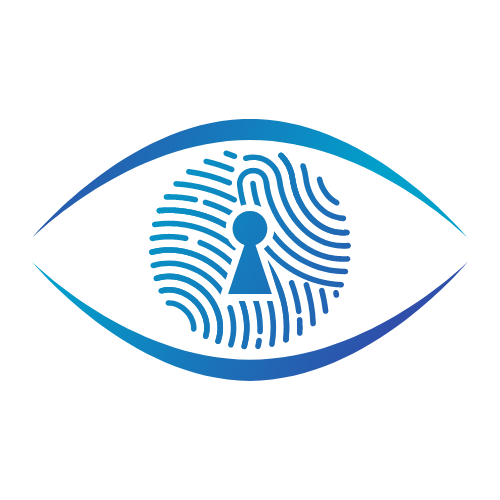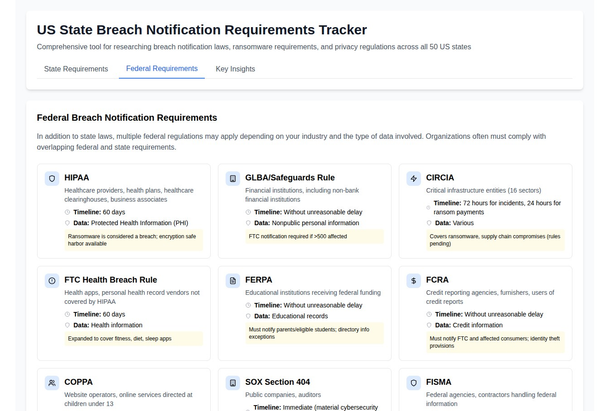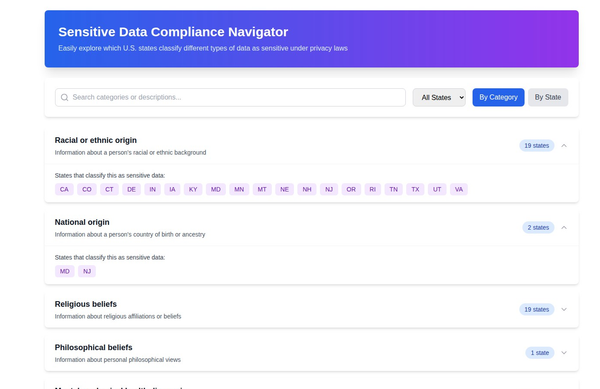Compliance with ISO 42001: Leveraging AI Red Teaming for Enhanced AI Governance

As organizations increasingly adopt artificial intelligence (AI) technologies, ensuring compliance with standards like ISO 42001 is crucial for maintaining robust AI governance and risk management practices. ISO 42001 emphasizes systematic AI risk management, focusing on security, trustworthiness, and continuous monitoring. AI red teaming, a proactive and adversarial testing approach, plays a pivotal role in supporting these requirements by identifying vulnerabilities and enhancing AI system resilience.
Examples of AI red teaming exercises that have identified significant vulnerabilities
AI red teaming exercises have been instrumental in identifying significant vulnerabilities in AI systems across various sectors. Here are some examples:
- DEF CON 31 Event:
- Vulnerability Identified: At DEF CON 31, one of the world's largest hacker conventions, red teaming competitions showcased how external teams can simulate various attack vectors to challenge AI systems. This event highlighted the broad scope of potential threats AI systems face, including social engineering and technical exploits2.
- Impact: The diversity of attack strategies demonstrated the importance of continuous external red teaming to uncover vulnerabilities that might not be detected through internal assessments alone.
- DeepMind's Proactive Security Practices:
- Vulnerability Identified: DeepMind engages with external experts to test their AI models proactively. Their strategy emphasizes finding immediate flaws and understanding potential emergent behaviors of AI systems in complex environments2.
- Impact: This thorough testing helps adapt AI behaviors to align with ethical standards and societal expectations, enhancing the safety and utility of their AI implementations.
- Critical Infrastructure Industries:
- Vulnerability Identified: AI red teaming exercises in critical infrastructure sectors like energy, maritime, and industrial manufacturing have revealed critical vulnerabilities. For example, in the energy sector, AI systems managing power grids were tested to ensure they remain stable under simulated cyber-attacks3.
- Impact: These exercises led to significant improvements in AI system security, preventing potential disruptions such as blackouts and ensuring the reliability of predictive maintenance systems.
- Large Language Models (LLMs):
- Vulnerability Identified: Techniques like jailbreak prompting have been used to expose weaknesses in LLMs. This method reveals how models can be manipulated to produce harmful or biased outputs when deviating from their safety constraints12.
- Impact: Identifying these vulnerabilities helps in refining security measures and ethical considerations in AI development, ensuring that LLMs adhere to ethical standards and do not harm or mislead users.
These examples illustrate the effectiveness of AI red teaming in uncovering vulnerabilities that could have significant impacts if exploited in real-world scenarios.
Introduction to ISO 42001
ISO 42001 is the first international standard for AI management systems, providing a framework for responsible AI development and deployment. It outlines requirements for AI risk management, security, and trustworthiness, ensuring that AI systems are designed and operated with safety and reliability in mind.
How AI Red Teaming Supports ISO 42001 Compliance
AI red teaming is a structured method that simulates real-world attacks on AI systems to uncover vulnerabilities and weaknesses. This approach aligns with several key clauses of ISO 42001, enhancing compliance and AI security:
- AI Risk Assessment & Treatment (Clause 6.1.2 & 6.1.3)
- Identifying AI Risks: AI red teaming identifies potential AI risks through adversarial testing, generating adversarial inputs to test model resilience.
- Combining with Manual Testing: It is often combined with manual testing for broader coverage, ensuring that all potential risks are addressed.
- AI Security & Trustworthiness (Annex A.6.2 & A.7.4)
- Evaluating AI System Robustness: AI red teaming evaluates the robustness of AI systems against security threats like prompt injection, data poisoning, and evasion.
- Data Security: It tests data security measures, ensuring that AI systems are protected against data-related threats. Using data provenance tracking tools can further enhance data security.
- AI System Impact Assessment (Clause 6.1.4 & Annex A.5.2)
- Measuring Real-World Impact: AI red teaming assesses the real-world impact of AI vulnerabilities, including bias, fairness, and failure scenarios.
- Human-in-the-Loop Impact Validation: It involves conducting human-in-the-loop validation to ensure that AI systems are aligned with ethical and operational standards.
- Monitoring, Measurement & Evaluation (Clause 9.1)
- Continuous AI Model Testing & Validation: AI red teaming ensures continuous testing and validation of AI models through ongoing adversarial testing.
- Logging Results: It involves logging test results to track changes in AI model performance and security over time. Implementing automated anomaly detection tools can further enhance monitoring capabilities.
- Internal Audit (Clause 9.2)
- Structured Audit Reports: AI red teaming provides structured audit reports on AI security, which can be used to support internal governance audits.
- Integration with ISO 27001 Audits: These reports can be integrated with audits based on ISO 27001 to ensure comprehensive security assessments.
- Corrective Actions & Incident Response (Clause 10.2)
- Developing AI Failure Response Strategies: AI red teaming helps develop strategies for responding to AI failures by creating post-attack reports.
- Mitigation Planning: It aids in mitigation planning by identifying corrective actions needed to strengthen AI governance policies and prevent future vulnerabilities. Building AI-specific playbooks for incident response ensures preparedness in case of AI-related security incidents.
Leveraging Tools and Best Practices
To enhance compliance with ISO 42001, organizations can leverage tools like Microsoft's PyRIT (Python Risk Identification Tool) alongside AI red teaming. PyRIT provides a scalable and efficient way to identify AI risks, making it easier to integrate red teaming into existing security frameworks.
AI Red Teaming as a Compliance Necessity
AI red teaming is essential for organizations aiming to comply with ISO 42001. It ensures that AI risks are proactively managed and security vulnerabilities are continuously assessed. Key benefits include:
- Risk Mitigation Before Deployment: Identifies and mitigates AI risks before AI systems are deployed, reducing the likelihood of costly incidents.
- Model Hardening: Hardens AI models against real-world adversarial threats, enhancing their resilience.
- Continuous Monitoring: Continuously monitors AI security and compliance gaps to ensure ongoing alignment with ISO 42001 requirements.
- Incident Response Planning: Develops incident response plans for AI failures, ensuring preparedness in case of security breaches or system failures
Integrating AI red teaming with ISO 42001 compliance presents several challenges that organizations must address. Here are some of the main challenges and potential solutions:
Challenges
- Complexity of AI Systems
- Challenge: AI systems, especially those involving machine learning and deep learning, are inherently complex. Integrating these systems with structured frameworks like ISO 42001 can be challenging.
- Solution: Simplify AI systems into manageable modules and engage AI experts and information security professionals to design integration strategies1.
- Data Privacy and Security
- Challenge: Ensuring that AI systems comply with stringent data protection requirements is crucial but challenging.
- Solution: Implement robust data security measures and ensure that AI systems are designed with privacy by design principles1.
- Bias and Fairness in AI
- Challenge: AI algorithms can introduce bias, leading to unfair results. This is particularly concerning in information security.
- Solution: Use techniques like fairness metrics and bias detection tools to ensure AI systems are fair and unbiased1.
- Regulatory Compliance
- Challenge: Ensuring AI systems comply with regulatory requirements is challenging due to the evolving nature of AI regulations.
- Solution: Stay updated with regulatory changes and engage compliance officers to ensure AI systems meet current and future standards1.
- Integration with Existing Systems
- Challenge: Integrating AI red teaming with existing management systems can be complex, potentially causing confusion or affecting business operations.
- Solution: Develop a strategic plan that outlines how AI red teaming will be integrated with existing systems, ensuring minimal disruption2.
- Resource Constraints
- Resistance to Change
- Challenge: Introducing new standards and practices can face resistance from teams.
- Solution: Engage teams early, explain the benefits of AI red teaming and ISO 42001, and create a clear transition plan3.
- Ethical and Legal Considerations
- Challenge: AI red teaming raises ethical and legal questions, such as the potential for AI-generated false positives in testing scenarios.
- Solution: Develop ethical guidelines for AI red teaming and ensure that legal advisors are involved in the process to address potential issues8.
Conclusion
Addressing these challenges requires a strategic approach that involves simplifying AI systems, ensuring data privacy, managing bias, maintaining regulatory compliance, integrating with existing systems, managing resources effectively, overcoming resistance to change, and addressing ethical and legal considerations. By leveraging AI red teaming within the framework of ISO 42001, organizations can enhance their AI governance and risk management practices while ensuring compliance with evolving regulatory standards.
AI red teaming is a critical component of AI governance and risk management, supporting key requirements of ISO 42001. By integrating AI red teaming with automated tools and security frameworks, organizations can ensure robust AI security, enhance compliance with ISO 42001, and foster trust in AI systems. This proactive approach not only supports regulatory compliance but also promotes responsible AI development and deployment across various sectors.
This document highlights how AI red teaming aligns with ISO 42001 requirements, providing a structured approach to identifying and mitigating AI-related risks. It emphasizes the importance of combining AI red teaming with tools like PyRIT and other security frameworks to enhance AI governance and compliance.





